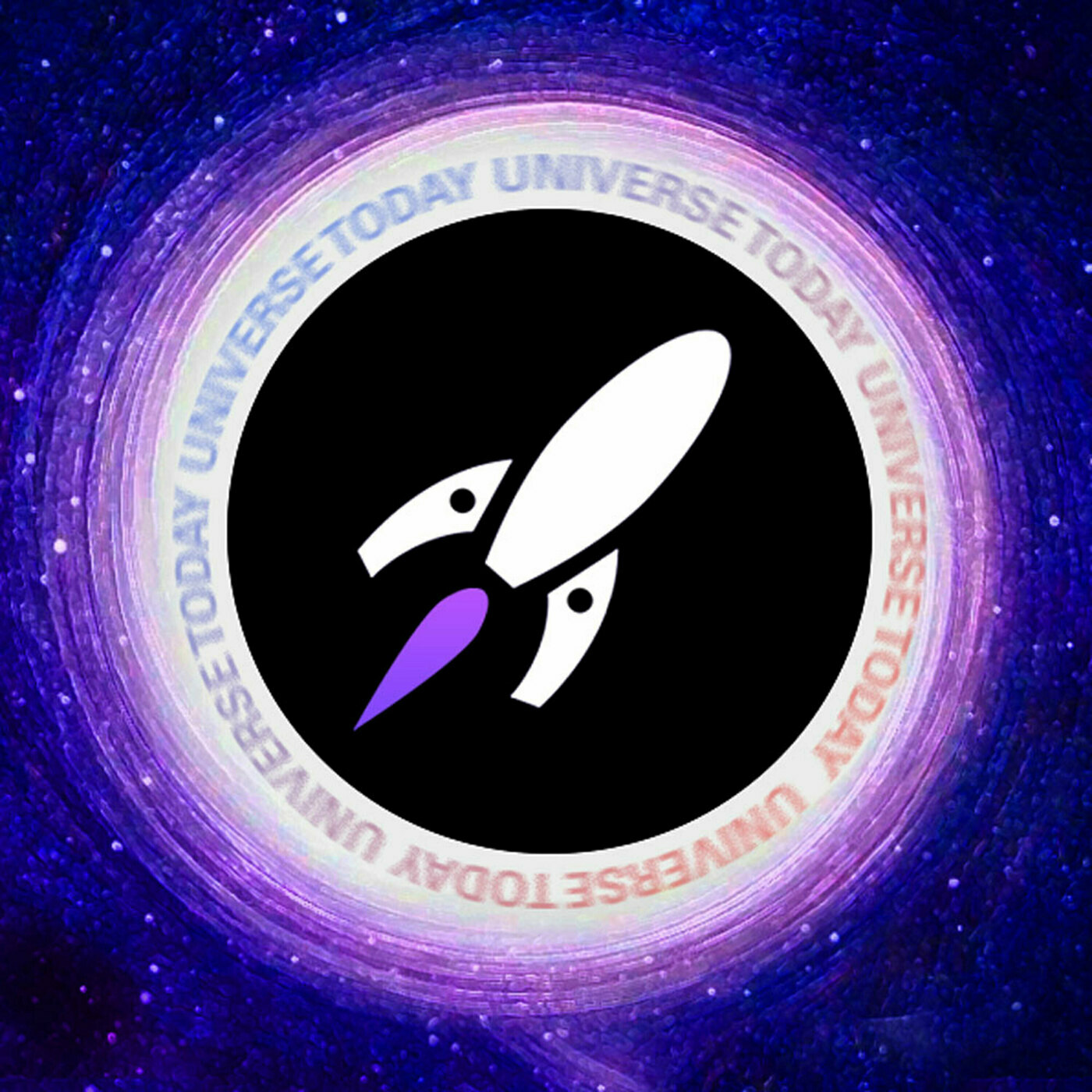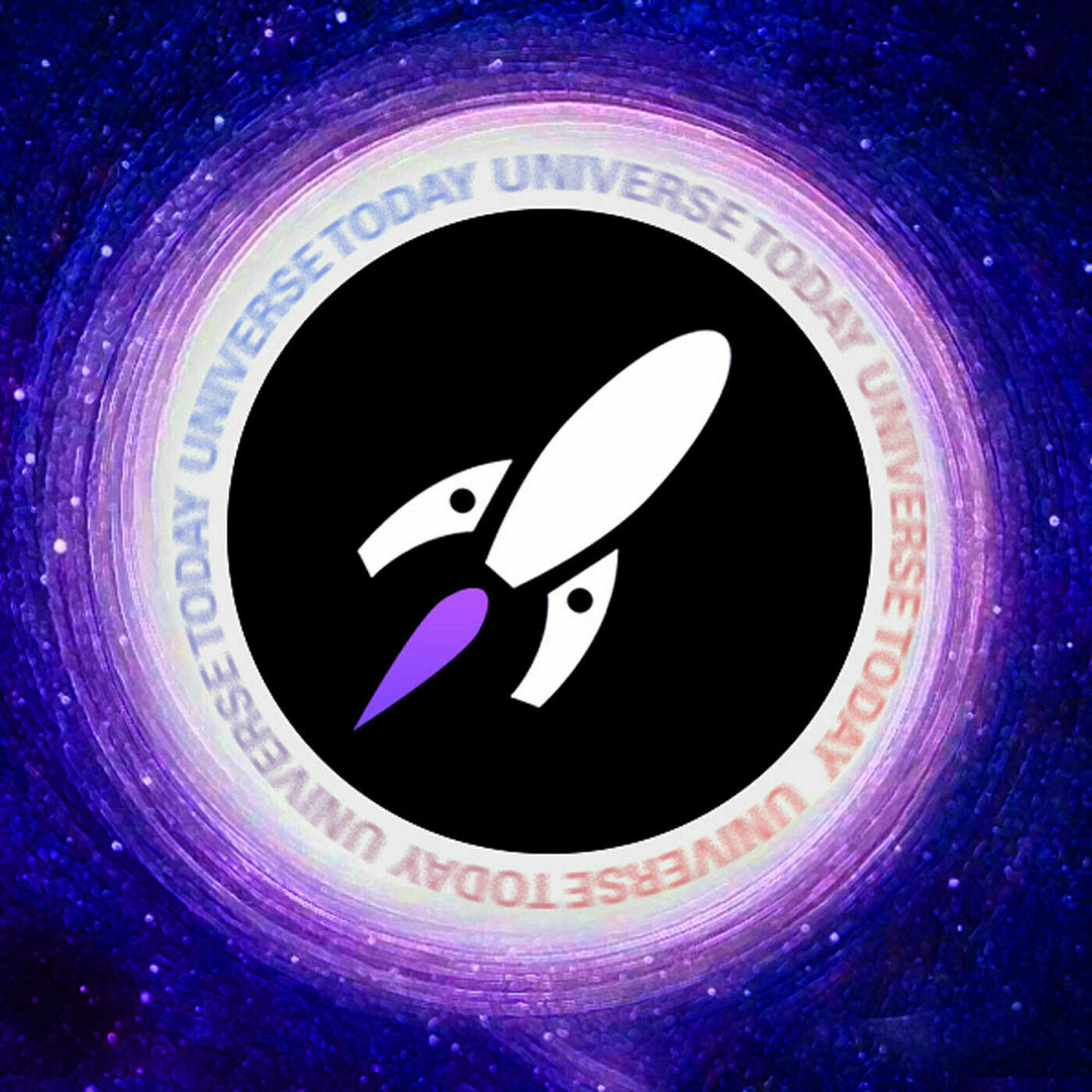Universe Today Podcast
Your Ultimate Guide to All Things Space
Episodes
-
April 7th, 2020
Professor Brian Keating returns to Open Space to talk about the big concepts in cosmology, from inflation to the largest scale structures. Dr. Keating was the Principal Investigator of the BICEP2 experiment, and now he's the Director of the Simons Observatory in Chile.
-
April 7th, 2020
In this episode, I was joined by Scott Manley, a developer, player of video games and total space nerd. Scott and I discussed the state of Starship and other events in space exploration.
-
March 31st, 2020
Today I'll be joined by Susanna Kohler, an astrophysics Ph.D. and science writer for the American Astronomical Society.
-
March 31st, 2020
Today I'm joined by Dr. Matt O'Dowd from the successful PBS Space Time YouTube Channel. Matt is an astrophysicist and associate professor in the Physics and Astronomy Department at the Lehman College of the City University of New York.
-
March 31st, 2020
Today I'm joined by Dr. Phil Metzger, a planetary physicist with the Planetary Science faculty at the University of Central Florida. Phil specializes in economic planetary science, helping humanity learn to prosper in space.
-
March 12th, 2020
My guest today is Rob Hoyt, the CEO and Chief Scientist of Tethers Unlimited. Founded in 1994, Tethers Unlimited is working on space-based assembly and manufacturing technologies.
-
March 12th, 2020
One of the longstanding questions astronomers have had is, are we normal? Is our Solar System a template for what we might expect to see as we look out into the Milky Way at other star systems?
As the data continues to come in, the answer to that question really seems to be no, we’re not normal. Star systems seem to have a huge variety of planets orbiting them. Familiar planets like our own terrestrial, gas and ice worlds. But then there are also super earths, mini-neptunes, hot jupiters.
And it looks like there are planets, located in their star’s habitable zone, which are completely covered with liquid water. Like, oceans which are dozens and maybe even hundreds of kilometers deep.
What would it be like on one of these worlds, and of course, we always want to know, could they be habitable?
-
March 12th, 2020
Today I'll be joined by Jim Al-Khalili, a professor of physics at the University of Surrey. He's a well-known science presenter in the UK and has written many books on science and physics. His newest book is "The World According to Physics".
-
March 5th, 2020
In this week's questions show, I explain why we should be excited for both Starship and Artemis. Do we have a cognitive bias when thinking about advanced civilizations? Should humans or robots explore space? And more...
-
March 3rd, 2020
No guest this week, just a live QA with me. I counsel people on how to be patient when living on Elon Musk time, what is NASA interested in with the Moon, what's the purpose of human space exploration, and more.
-
March 3rd, 2020
Mars has been the destination for so many of our spacecraft, and for good reason, it’s probably the most Earthlike place in the Solar System, with water ice on its surface and reservoirs of the liquid beneath the surface. If we’re going to find life, Mars might be the place.
But the tiny moons orbiting Mars, Phobos and Deimos, are scientifically fascinating on their own, and so far, a mission has never reached them.
Last week, Japan announced that they’ve greenlit their Martian Moon eXploration mission, or MMX, which will launch an orbiter, lander and maybe even a rover to Phobos in 2024, returning samples back to Earth by the end of the decade.
-
March 2nd, 2020
After almost 50 years since the Apollo Moon landing missions ended, NASA announced that they’re going to return to the surface of the Moon with their Artemis mission, ideally taking the first lunar footsteps in 2024.
NASA Administrator Jim Bridenstine asked for additional funding to achieve this goal, and the other branches of government haven’t been as enthusiastic about this plan. So don’t be surprised if the landing date slips to 2028 or even farther.
But NASA is moving forward on its architecture to return humans to the Moon, from its launch rocket to the entire method of getting astronauts down to the surface.
Exactly which rockets, modules and landing systems that will be used are still getting worked out, with different options still getting considered.
-
March 2nd, 2020
No guest this week, just a live QA with me. We talked about what China is up to on the Moon and what comes next. How well have we mapped the surface of the Moon. Why has NASA chosen to build the Artemis mission differently from the Apollo missions, and more...
-
February 20th, 2020
Near the end of 2019, astronomers watching the red giant Betelgeuse noted how much the star had dimmed, continuing to steadily fade for months.
It’s a variable star, and it’s known to get dimmer and brighter, but the big surprise is that it’s still continuing to dim, recently passing magnitude 1.56 and still getting dimmer. This is unprecedented in the decades that astronomers have been watching the star.
The world’s biggest telescopes are on the case, and the European Southern Observatory released dramatic new images of Betelguese, resolving features on the star’s surface and surrounding area showing how it’s dramatically changed over the course of 2019.
-
February 20th, 2020
In this week's live Q&A, and talk about whether or now we're going to need a Prime Directive in the future like Star Trek, and why aliens might have one already, could life exist on a red dwarf, and if balloons could be used to launch rockets.
-
February 20th, 2020
In this week's questions show, I talk about how we're in a new space race, and what this means for returning to the Moon. Of course, lots of follow up answers about the Fermi Paradox. Could Betelgeuse release gravitational waves if it explodes? And what is our responsibility if we are truly alone in the Universe?


